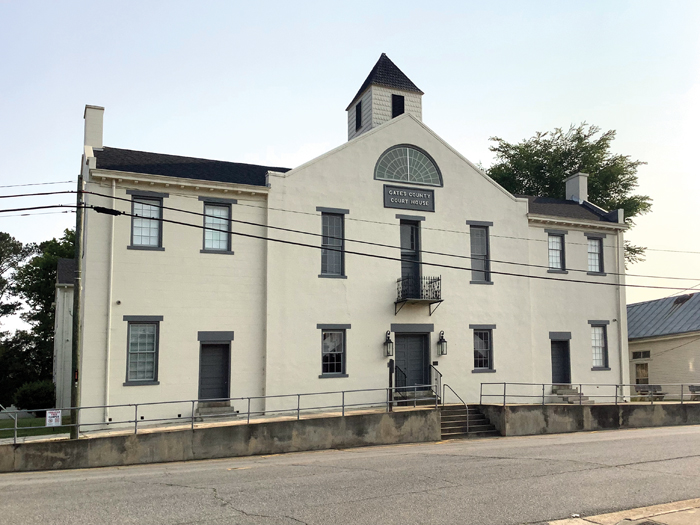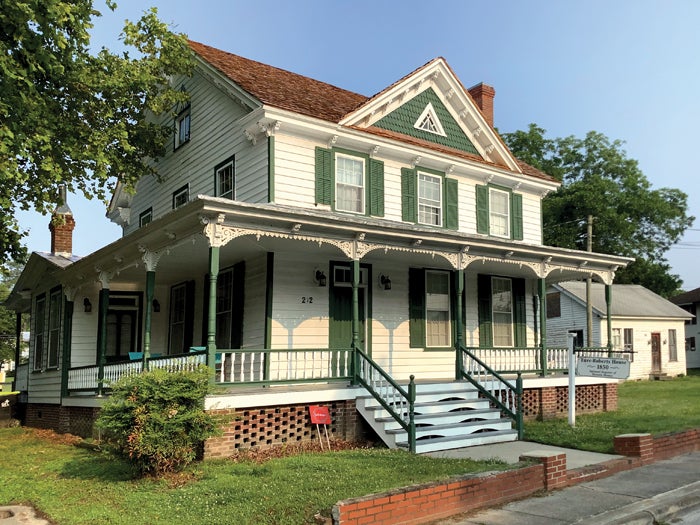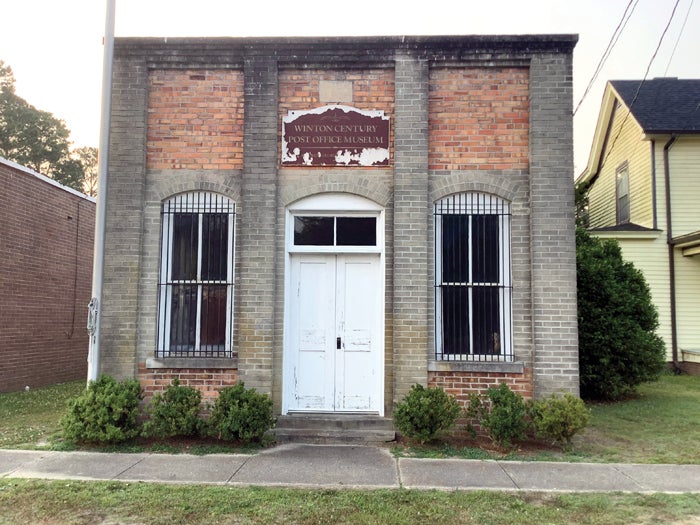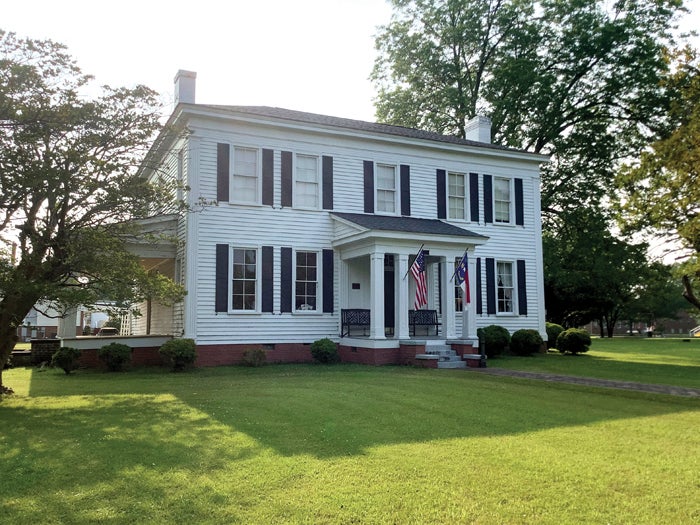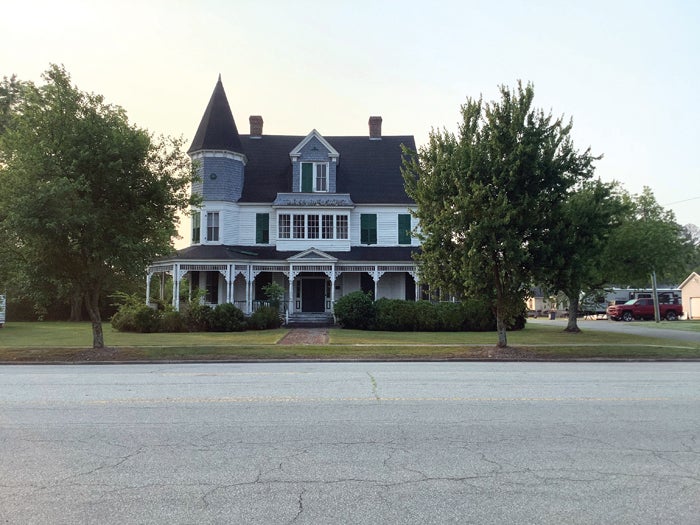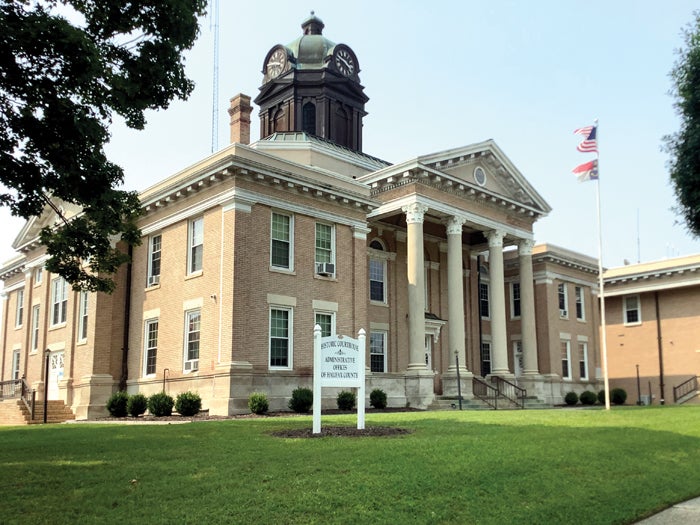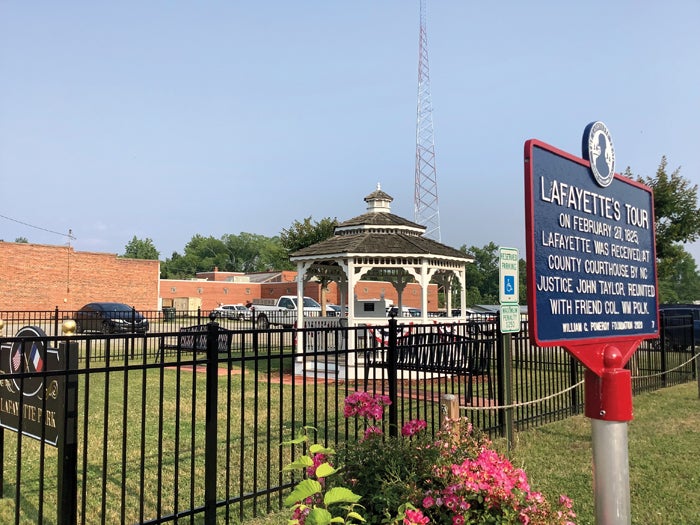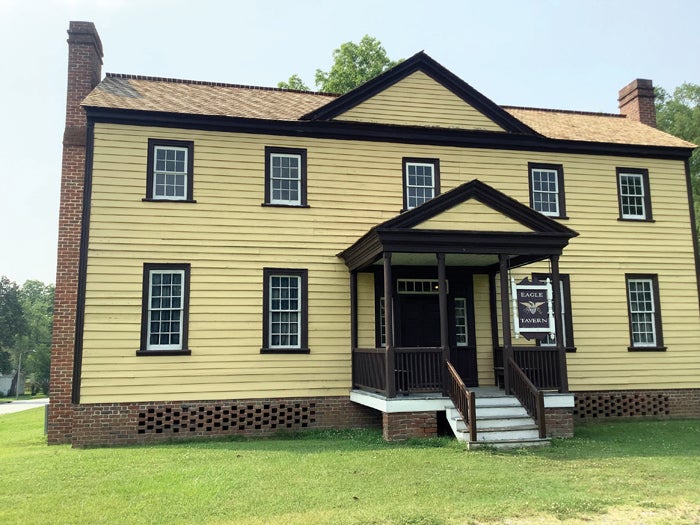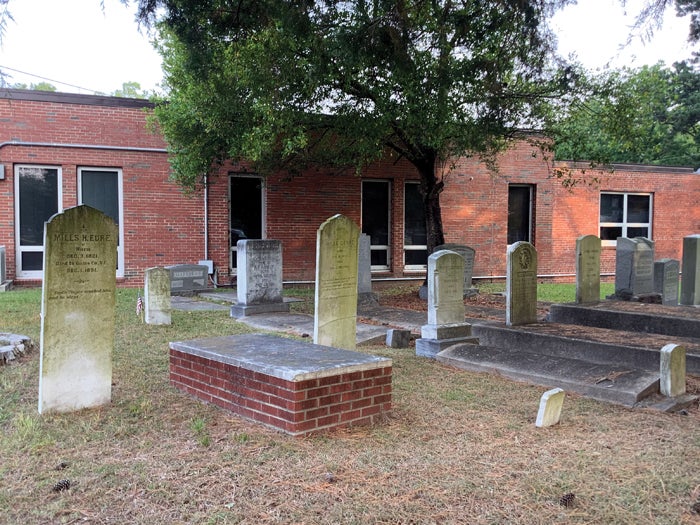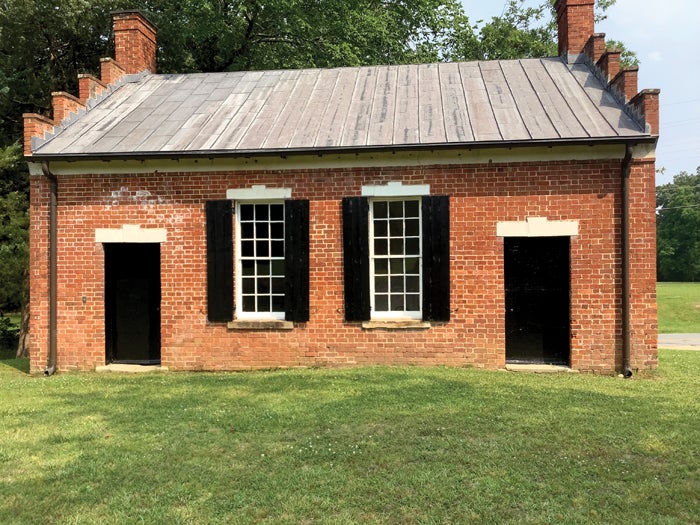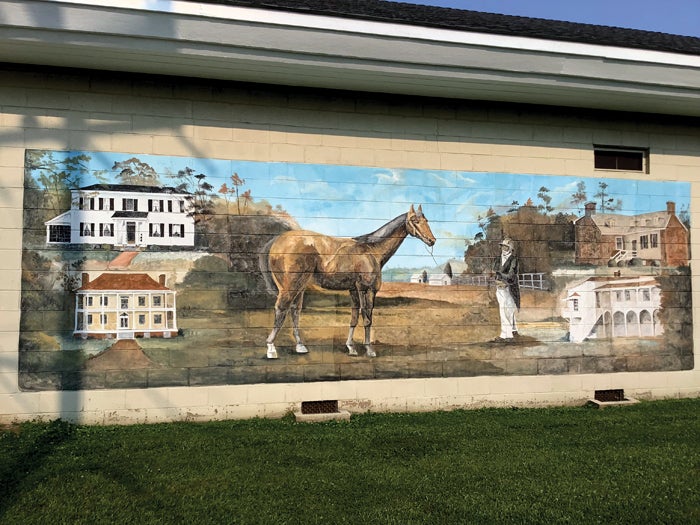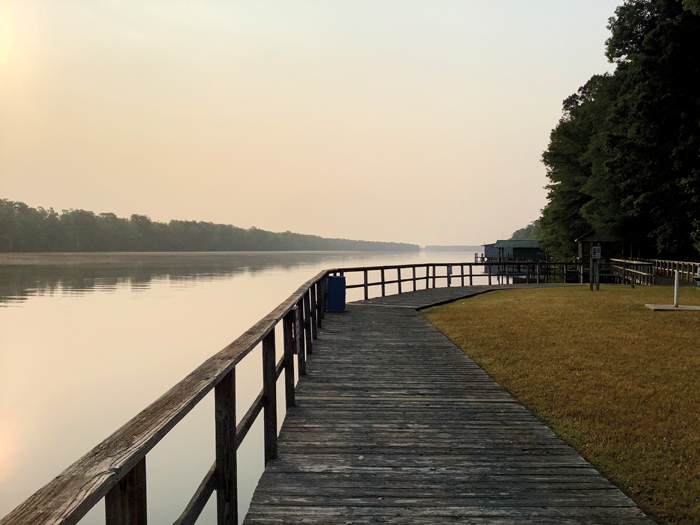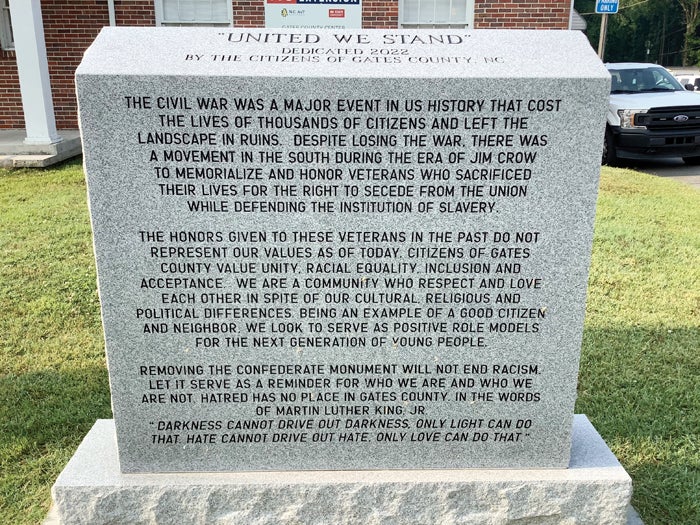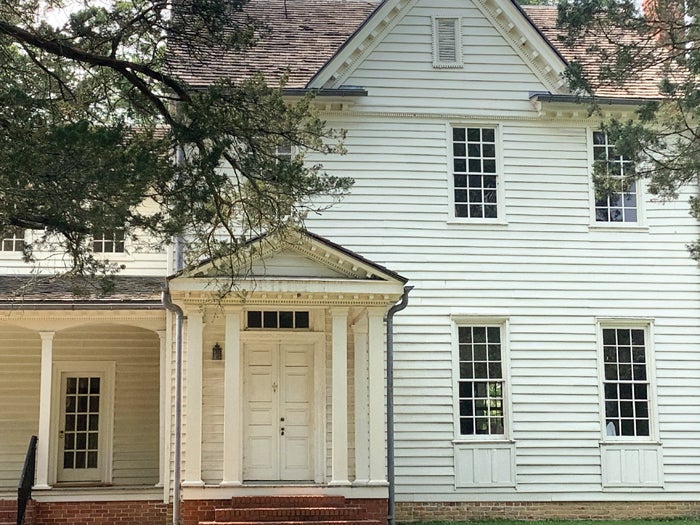David Freeze: Continuing northeast for more NC county seats
Published 12:00 am Saturday, June 24, 2023
Editor’s note: David Freeze is completing a challenge to run in a few miles in every county seat in all 100 N.C. counties. Contact him at david.freeze@ctc.net.
By David Freeze
Excited to see more of N.C., I drove to Halifax. Having left Warrenton and its pre-Civil War history, I immediately arrived at the “birthplace of freedom” ahead of the Revolutionary War. Established in 1757, Halifax was named for George Montagu-Dunk, 2nd Earl of Halifax, president of the British Board of Trade from 1748 to 1761 and a friend of the Colonies. In January 1759, Halifax became the county seat of the new Halifax County. The town developed into a commercial and political center ahead of the American Revolution. North Carolina’s Fourth Provincial Congress met in Halifax in the spring of 1776, and on April 12 adopted the Halifax Resolves supporting the Continental Congress as it moved toward independence from Britain, the first colony to do so while encouraging other colonies to follow.
Halifax is located at the navigational head of the Roanoke River, making it an important colonial town. Its rich soil helped plantations flourish. By 1769, about 60 buildings had been built, making it one of the premier cities in the colony. Halifax County had a population of about 3,000, both black and white. Not all the Blacks were slaves, as some were freedmen and skilled craftsmen.
During the war, Halifax was a major supply depot for the Continental Army. Halifax Minute Men were involved in the battle at Guilford Courthouse, a hard-fought British victory. British Commanding General Cornwallis eventually brought his army of 1600 redcoats to occupy homes and plantations in Halifax and surrounding plantations. After about a week, the British army headed north to engage Washington before eventually surrendering on Oct. 19, 1781. Washington visited Halifax on his southern tour on April 16, 1791.
After a stop at the visitor center and a brief movie, I took a walking tour of the town and about 20 sites, noting that Halifax is very quiet with little traffic, which seemed perfect for such a history laden town. Several buildings are open for touring before 4 p.m. The imposing Halifax County Courthouse, finished in 1910, and a small business area offered a more recent perspective.
Next stop was Jackson, county seat for Northampton County. The very quiet and small town had little traffic and less information available. The town was called Northampton Courthouse until it was renamed Jackson in 1826 in honor of former general and then President Andrew Jackson.
By the time Jackson became the county seat, horse racing and breeding had brought Northampton County national attention. In 1816, the famous racehorse Sir Archie was brought to Mowfield Plantation just west of Northampton Courthouse. Sir Archie reportedly beat all other horses in his specialty four-mile races. His bloodline sired Secretariat, Seabiscuit and many other famous racehorses.
Revolutionary War hero French General Marquis de Lafayette visited Jackson in 1825 and was met by a state delegation here. The current Northampton County Courthouse was built in 1858, A small Civil War confrontation occurred here in 1863.
After spending the night in Ahoskie, I made the short drive to Winton, county seat of Hertford County. I found Winton to be very small with few vehicles moving in the early morning of June 10 and I didn’t expect much. The courthouse is huge and new but located just outside of town. I found a great story as I began my journey around town and immediately spotted a Civil War Trails sign pointing toward the Chowan River, incredibly still and beautiful on this early morning. A small park commemorates an interesting engagement in 1862 when eight Federal gunboats steamed up the river to Winton. A significant Confederate force and battery were waiting in town and fired on the gunboats, soon forcing them to leave. That evening, the Confederate forces were fed and celebrated in town. Their leader marched the troops out of town afterward, ahead of the Union gunboats returning to shell the town. Troops onboard the gunboats torched Winton, making it the first North Carolina town to be burned in the war. Only the Methodist church and two buildings owned by Union sympathizers were spared.
I found an interesting burial plot on the grounds of the municipal building that I suspect served as the old courthouse. About 20 gravesites, including at least two Civil War soldiers killed at Chancellorsville, were interred there among several monuments.
Gatesville, county seat of Gates County, was next. First known as Bennett’s Creek Landing, from 1779 it was known as Gates Courthouse until its incorporation in 1830 as Gatesville, being named for Horatio Gates, a commander in the American Revolutionary War. As commanding general at the Battle of Saratoga in 1777, he delivered one of the most damaging blows yet felt by English forces in the war. However, in 1780 Gates’ failure at the disastrous Battle of Camden transformed him from one of the Revolution’s most esteemed generals into one of its most controversial.
Timber and agriculture drive the economy in Gates County. I saw it written, “The pace of life is slow. Take time to stop and talk to the people, have a bar-b-que sandwich and soda at one of the family restaurants. Hang out for awhile and just generally stop and smell the flowers.”
Small county seats made up the day, which is fine with me. I love finding new places to visit and roads to drive. The day saw 6.2 miles running and walking brought back some great photos. We’re at 58 counties done, 42 remaining. See you back here soon for some of the Inner Banks counties.


